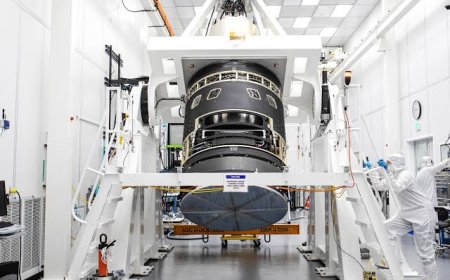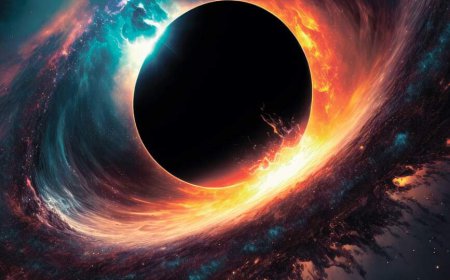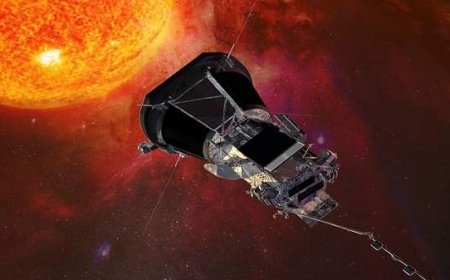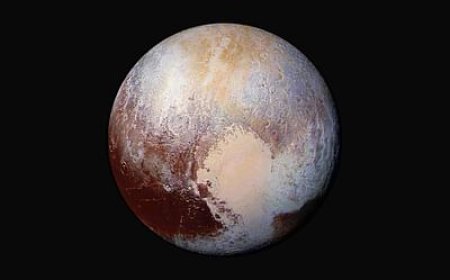In search of alien life, scientists are looking at the 'Europa' satellite!
Even if life or complex life has developed only on Earth in our solar system, scientists think that the existence of alien life may be hidden on other planets or satellites spread in the vast universe. However, scientists have yet to find any real evidence or signs of alien life in or outside our solar system.

Space scientists have recently studied our solar system and concluded that complex alien life may be hiding deep below the surface of Jupiter's moon Europa and Saturn's moon Enceladus. Scientists have been conducting extensive research on this since the beginning of the last twentieth century. Although the success rate in this research is 0%, they have not given up yet.
In fact, the surface temperature of Europa's moon, covered by a cold ice sheet 3,100 km in diameter, averages minus -160 degrees. It orbits Jupiter at a distance of about 5.2 astronomical units (AU) from the Sun. And regardless of its surface temperature, its nearly 100 miles of solid ice may hide a vast floating ocean.
Although the surface of this moon is covered with a very cold and hard ice sheet, the ocean temperature hidden in its chest can be an incredible minus 1 degree or slightly warmer. Scientists are very optimistic about the liquid water stored here. In particular, due to Jupiter's close proximity and strong gravitational force, large-scale tidal forces deep within Europa are possible.
Europa, Earth's only satellite slightly smaller than the Moon, is composed of silicate rocks. It also most likely has an active iron-nickel core. Europa has a very thin atmosphere. Most of which may be composed primarily of oxygen. Moreover, its entire surface is covered with a sheet of hard and cold ice. In September 2022, the Juno space probe took a closer look at Europa when it passed by only 320 km.
Scientists are highly optimistic about the existence of alien life and the presence of water on moons like Europa or Enceladus, but no real evidence has come to them yet. Moreover, the US space agency NASA's Clipper space-probe will be launched on October 10, 2024, for the purpose of in-depth study of this satellite and the existence of alien life in the region.
Meanwhile, the Jupiter IC Moons Explorer (Juice) space mission sent by the European Space Agency (ESA) was launched on April 14, 2023. (ESA) launched this special 'Juice' space probe mission to study the planet Jupiter and its three moons. Which basically will send important data about Jupiter and its three big moons (Ganymede, Callistus and Europa) very closely around 2030 or 2031.
Sources: Wikipedia, NASA Science, Space.com, The Planetary Society.


















































